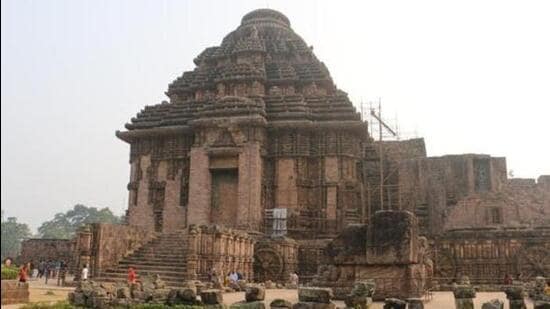 IIT-KGP researchers find possible neotectonic activity behind collapse of Konark Temple
IIT-KGP researchers find possible neotectonic activity behind collapse of Konark Temple
Hindustan Times (January 16, 2022)
Possible neotectonic activity behind collapse of Konark Temple: IIT researchers
KOLKATA: The main portion of the 13th century Konark Temple in Odisha, a UNESCO World Heritage site, may possibly have collapsed due to involvement of some neotectonic activity, a team of researchers from the Indian Institute of Technology Kharagpur has suggested.
The researchers claim that even though there are multiple speculations about how the main portion of the temple collapsed, this is for the first time that they have got some scientific evidence to suggest that tectonic movement may have led to the collapse of the temple.
The massive temple dedicated to the Sun God was built by King Narasimhadeva-I of the Ganga dynasty between 1243 and 1255. It is one of the most popular tourist spots of the eastern state.
The temple as seen today is actually the Jagamohana (assembly hall) of the actual temple. The main temple tower, known as Garbha Griha, which enshrined the presiding deity has collapsed and only the remains can be seen.
“There are many theories and speculations about how the main temple collapsed. But none could be proved scientifically. Our study looks at this old historic problem from a geological perspective. The findings reveal that neotectonic activity may have been responsible for the collapse of the earlier temple structure,” said William Kumar Mohanty, a professor of department of geology and geophysics at IIT Kharagpur. (Read More)
